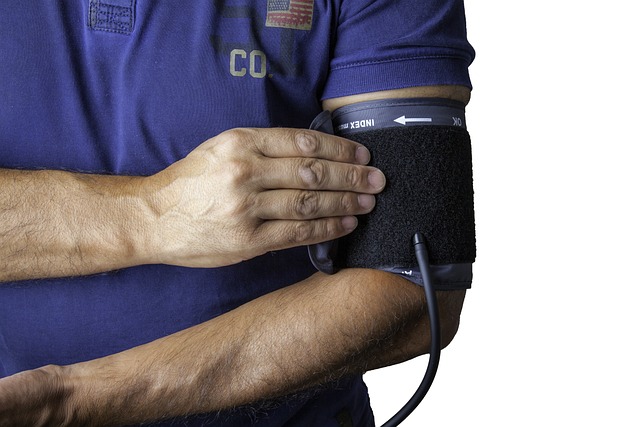Comparing Safe At-Home Methods for Earwax Removal
Many people experience earwax buildup at some point, which can cause muffled hearing, a feeling of pressure, or discomfort during travel. This article reviews commonly used at-home approaches — from drops and irrigation to microsuction awareness — and explains how to choose a safe homecare routine while recognising symptoms that require professional care.

Earwax is a normal, protective substance produced in the ear canal, but when cerumen accumulates it can lead to reduced hearing, a sense of blockage, or pressure. This article outlines practical at-home methods for addressing common blockages, explains how each approach works, and highlights precautions to avoid injury. The goal is to present clear, evidence-minded guidance for safe homecare while noting when to consult a clinician.
This article is for informational purposes only and should not be considered medical advice. Please consult a qualified healthcare professional for personalized guidance and treatment.
What is earwax (cerumen)?
Earwax, also called cerumen, is a mixture of secretions, dead skin cells, and debris that helps protect the ear canal from dust, microbes, and water. Normally, jaw movements and skin migration move earwax outward where it flakes off. When natural clearance slows or wax becomes hard, a blockage can form. Recognising basic symptoms — such as muffled hearing, fullness, itching, tinnitus, or mild pressure — helps determine whether homecare is appropriate or if professional assessment is needed.
How does earwax affect hearing?
A significant buildup can physically block sound transmission, resulting in decreased hearing acuity and a sensation of fullness. Earwax-related hearing change is usually reversible once the obstruction is removed. However, similar symptoms can arise from infection, eustachian tube dysfunction (often felt as pressure changes during travel), or other ear conditions. If hearing loss is sudden, severe, or accompanied by pain, drainage, or vertigo, seek medical evaluation rather than relying solely on at-home methods.
Is irrigation safe for homecare?
Irrigation involves flushing the ear canal with warm water or saline to loosen and remove softened cerumen. When performed gently and correctly, irrigation can be effective for many people. Important safety steps include using body-temperature liquid to avoid dizziness from temperature change, avoiding high-pressure sprays, and stopping if you experience pain. Irrigation is not recommended if you have a perforated eardrum, recent ear surgery, chronic ear disease, or active discharge. If uncertain about these risks, consult a healthcare provider in your area before attempting irrigation.
How to use drops for earcare?
Over-the-counter drops commonly contain saline, mineral oil, or carbamide peroxide to soften hardened cerumen. Drops are typically used for several days to soften wax before attempting irrigation or manual removal. Apply as directed on the product label: tilt the head, instill the recommended number of drops, and allow time for the solution to penetrate. Drops are generally low-risk, but if you have ear pain, severe symptoms, or known eardrum issues, avoid drops until checked by a clinician. Always follow manufacturer instructions and stop use if irritation occurs.
When is microsuction appropriate?
Microsuction is a professional technique that uses gentle suction and magnification to remove earwax without water. It is often offered by audiologists and ENT clinics and can be preferable for people with perforated eardrums, chronic ear conditions, or contraindications to irrigation. Microsuction requires trained operators and equipment, so it is not a true DIY option; however, understanding it helps when deciding whether to pursue local services. If repeated blockages occur despite safe homecare, a provider can assess whether microsuction or another clinical approach is indicated.
Managing blockage, symptoms, pressure and travel
For many people, a simple homecare routine — periodic use of drops to prevent hardening, gentle cleaning of the outer ear with a washcloth, and cautious irrigation when appropriate — reduces the chance of symptomatic blockage. During travel, changes in cabin pressure can amplify feelings of ear pressure; clearing techniques such as yawning or the Valsalva manoeuvre (performed gently) may help, but do not force pressure if painful. Monitor for symptoms like persistent pain, bleeding, discharge, dizziness, or worsening hearing. Those signs indicate that professional evaluation is needed rather than continued home treatment.
Conclusion Several safe at-home options exist for addressing earwax: softening drops, careful irrigation, and routine outer-ear hygiene are practical choices for many people, while microsuction remains a clinician-provided alternative for complex cases. Match the method to your symptoms, medical history, and the presence of risk factors, and seek professional care when in doubt to protect hearing and ear health.




